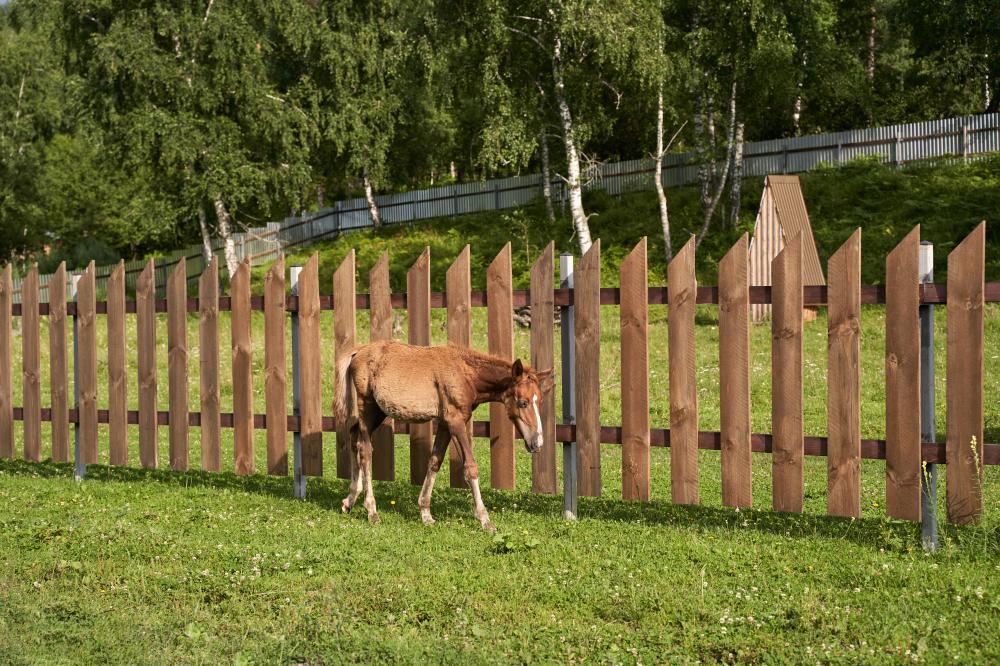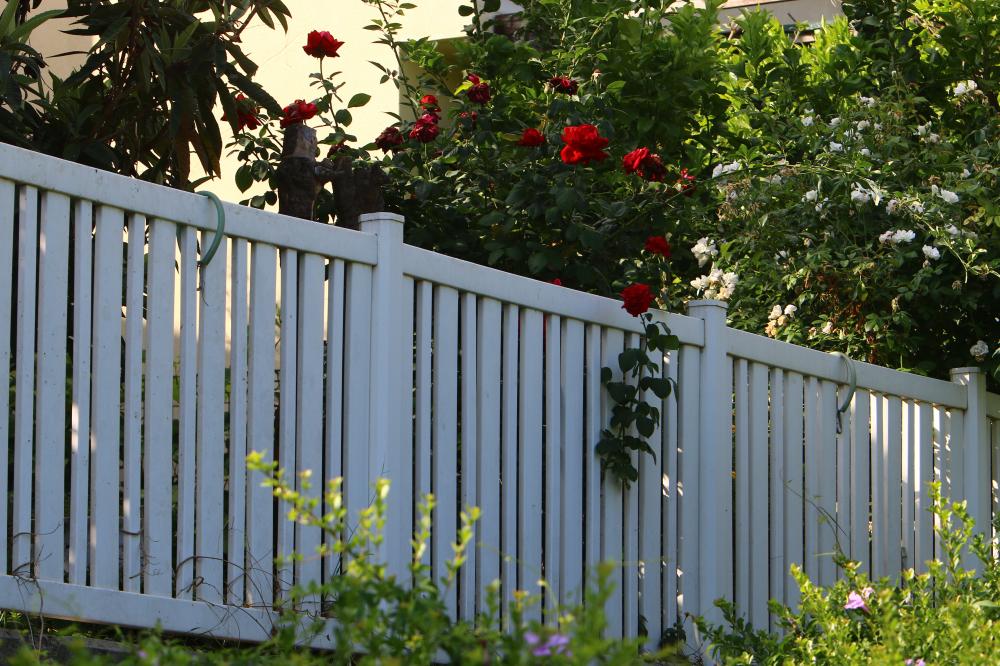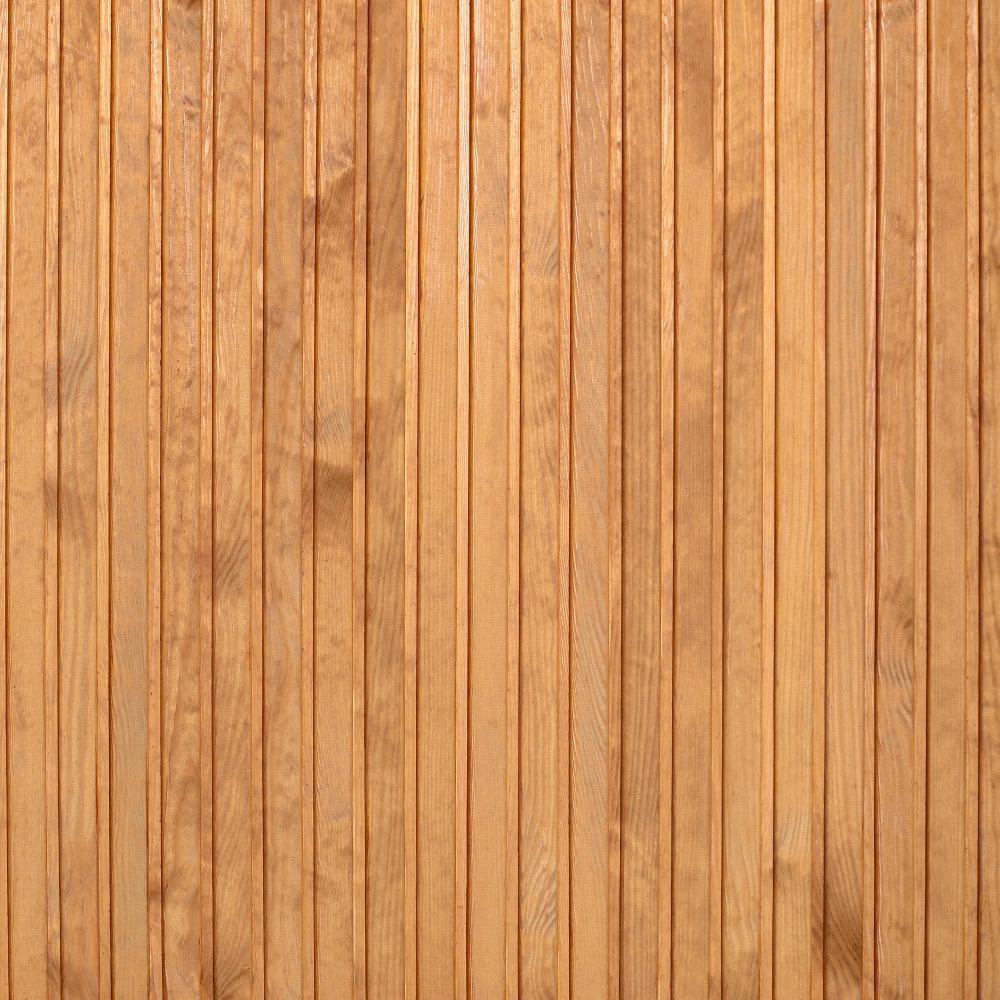
Calculating the Fence for Backyard Cost
When considering the fence price per foot, several factors come into play. The choice of materials is often the most significant determinant of cost. Natural wood options, for example, can range from affordable to premium, depending on the type of wood selected. Cedar and redwood are popular choices that offer durability and aesthetics, but they come at a higher price point.
Labor is another crucial factor that impacts the fence price per foot. If your property is situated on uneven terrain or has challenging access, it may require additional labor, which can increase costs. Additional elements like gates, custom designs, or decorative features also add to the overall expenditure, offering homeowners both functionality and flair.
Geographical location plays a pivotal role in the fence price per foot as well. In regions like Ottawa, where Elie’s Fencing operates, local market conditions and availability of materials can influence pricing. Residents should expect variations tied to regional labor rates and climatic conditions that may necessitate specific installation techniques.
Exploring Material Options
Natural Wood
The timeless appeal of natural wood makes it a favorite choice for many homeowners. It contributes to the aesthetic value of a property while providing practical benefits like privacy and noise reduction. Cedar and redwood are renowned for their longevity and resistance to decay, though they often cost more than other materials.
- Cedar: Known for its aromatic qualities and natural deterrent against insects.
- Redwood: Offers a rich color and is highly durable, though it is usually pricier than cedar.
Vinyl and Composite
Vinyl and composite fences have emerged as low-maintenance alternatives to traditional wood. Their synthetic composition makes them resistant to weathering and warping. While the upfront fence price per foot for these materials might be higher, their durability and minimal upkeep offer long-term savings.
For environmentally conscious homeowners, composite fencing provides a sustainable option, often made from recycled materials. This choice reflects the growing trend of integrating eco-friendly practices into home improvement projects.
 Advantages of Professional Installation
Advantages of Professional Installation
Opting for professional installation services, such as those provided by Elie’s Fencing, ensures a seamless and stress-free process. With years of experience in the Ottawa area, Elie’s Fencing professionals bring expertise and precision to every fix a fence project, ensuring that the fence price per foot is justified by exceptional craftsmanship.
Clients benefit from personalized service, as each project begins with a thorough consultation to assess individual needs. This approach guarantees that the chosen fencing solution aligns perfectly with the property’s architecture and the homeowner’s vision. The team’s commitment to quality craftsmanship is evident in every installation, providing peace of mind and long-term value.
Moreover, professional installers are adept at navigating local regulations and acquiring necessary permits. This expertise saves homeowners time and potential headaches associated with DIY installations, making the professional route an attractive option for those seeking efficiency and compliance.
Elie’s Fencing prioritizes customer satisfaction by offering a one-year workmanship warranty, underscoring their confidence in the quality of their installations. This assurance, combined with competitive pricing and exceptional service, makes them the preferred choice for fencing needs in Ottawa.
Understanding Factors Affecting Fence Price
What are the primary factors that influence the cost of a fence per foot?
When it comes to determining the cost of a fence per foot, several factors come into play. Firstly, the type of material you choose has a significant impact. For instance, opting for natural wood like cedar or redwood often results in higher costs due to their durability and aesthetic appeal. On the other hand, materials like vinyl or aluminum might have higher upfront costs but could save you money in the long run due to their low maintenance needs.
Another influence is labor. If your property has uneven terrain or difficult access, the installation process can become more labor-intensive, thus more expensive. Additionally, any custom designs, gates, or decorative elements will add to the cost. Location also plays a role, as regional variations in labor costs and climate considerations can affect the total price. In Ottawa, where our company operates, these factors are particularly noticeable.
If you’re considering a fencing project, it might be helpful to first assess your specific needs and constraints. Have you encountered any unexpected costs in previous home improvement projects related to factors like location or material choice?
Exploring Material Options for Fencing
How do different fencing materials compare in terms of price and maintenance?
The choice of material is crucial, not just for the initial cost but for long-term maintenance as well. Natural wood options like cedar and redwood are highly valued for their beauty and resistance to decay, but they come at a premium. The maintenance involved–such as regular staining or sealing–also adds to lifetime costs.
Vinyl and composite materials offer a low-maintenance alternative. Though the upfront cost per foot might exceed that of some wood options, they typically require less ongoing maintenance. This can result in savings over time. Plus, composites have the added benefit of being eco-friendly, often made from recycled materials, appealing to environmentally conscious homeowners.
Each material has its own set of benefits and challenges. Have you considered how much time you’re willing to dedicate to maintaining a fence post-installation, or do you prioritize a specific aesthetic?
Advantages of Professional Fence Installation
What benefits can professional installation offer compared to a DIY approach?
Opting for professional installation, such as the services we provide at Elie’s Fencing, brings a level of expertise and efficiency that’s hard to match with DIY efforts. Professionals understand local regulations and can navigate permit acquisition, sparing you potential compliance issues. A professional team brings precision and quality craftsmanship, ensuring your investment in the fence price per foot is fully realized through longevity and durability.
Additionally, engaging experts means you’re supported throughout the process, from selecting the right materials to ensuring the final product aligns with your property’s architectural style. Our team, for instance, offers a one-year workmanship warranty, providing added peace of mind.
In a DIY scenario, while you might save on labor costs, the time and potential for error might outweigh the financial savings. Have you considered how much your time is worth, or the cost of correcting potential mistakes in a DIY project?
How to Estimate the Cost of a Fence Project?
Are there reliable methods or tools you recommend for estimating fencing costs?
Estimating the cost of a fence project can be quite complex due to the many variables involved. Utilizing online calculators or consulting with local contractors can give you a good starting point. These tools consider various factors, such as the type of material, length of the fence, and any additional features like gates or decorative elements.
However, a personalized consultation often provides the most accurate estimate, as it considers unique property features and specific preferences. At Elie’s Fencing, we offer thorough consultations that help distill all possible costs, allowing you to plan your budget more effectively.
Using initial estimates as a guideline, have you thought about setting a buffer in your budget for unexpected costs that might arise?
Common Misconceptions About Fence Pricing
What are some common misconceptions about the cost of fencing?
A prevalent misconception is that the cheapest material will always be the most cost-effective choice. While the initial fence price per foot might be low, ongoing maintenance and shorter lifespan can make it more expensive over time. Another misconception is that all professional installations are overpriced. However, the value lies in the quality of work, warranty, and compliance with local laws, which can save homeowners from costly future repairs or legal issues.
Also, people often think that DIY installations always save money. While this can be true, the potential for error without professional guidance might result in additional expenses. It’s essential to consider the total cost of ownership rather than just the upfront price.
Have these insights reshaped your understanding or expectations of what a fencing project might entail?
Considerations for Eco-Friendly Fencing Solutions
How do environmentally friendly options compare in terms of cost and benefits?
Eco-friendly fencing solutions, like composite materials, often come with higher initial costs but provide significant benefits, including sustainability and reduced maintenance. These materials are typically made from recycled products, aligning with an eco-conscious lifestyle. The durability of composites means they don’t need frequent replacement, contributing to their long-term value.
Choosing eco-friendly options isn’t just about cost–it’s about the overall impact on the environment. Although you might pay more upfront, the decision supports sustainable practices and reduces your carbon footprint.
When evaluating fence options, do environmental impacts play a significant role in your decision-making process?
Resources
- Federal Emergency Management Agency (FEMA) – The FEMA website provides valuable information on emergency preparedness, response, and recovery efforts in the United States.
- Environmental Protection Agency (EPA) – The EPA website offers resources on environmental policies, regulations, and initiatives to protect human health and the environment.
- Bureau of Labor Statistics (BLS) – The BLS website provides data on labor market activity, working conditions, and price changes in the economy to support public and private decision-making.

